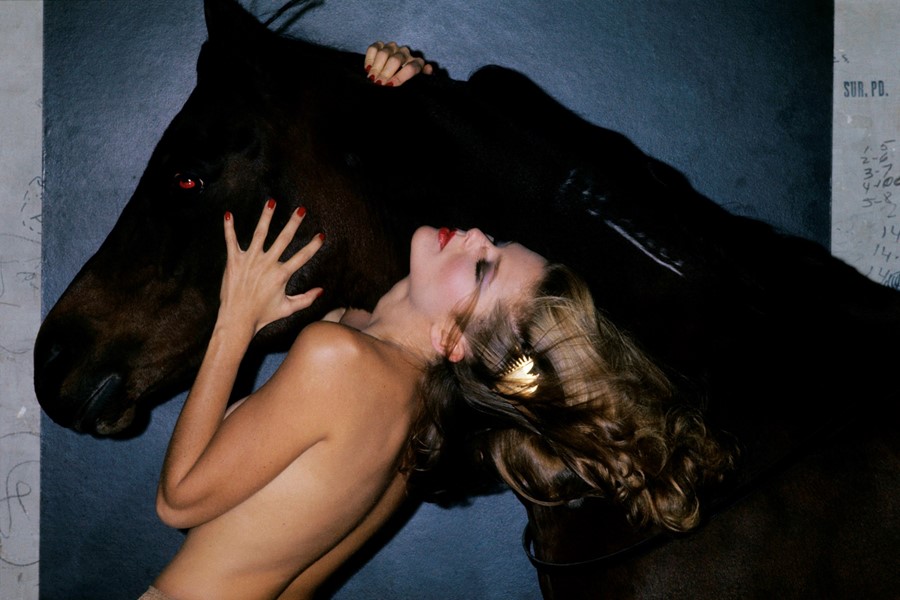We revisit seminal make-up artist Way Bandy's 1970s instructional manual, to pick up tips on contouring and political activism alike
Before Kevyn Aucoin, François Nars and Bobbi Brown, there was only one name on the glossy, iridescent lips of anyone who was anyone during the glamour defining eras of the 70s and 80s: Way Bandy. And, nearly 30 years since the American make-up artist’s untimely death, his legacy remains cemented in the foundations of the beauty industry.
Born Ronald Duane Wright (he later changed his name after the idea “just came into his consciousness”), Bandy began his career painting portraiture, before expanding his artistic capabilities to the three-dimensional canvases of Cher, Diana Ross, Elizabeth Taylor and, rather controversially, (for Way fell victim to the ominous force of the 1980s AIDS crisis) Nancy Reagan. His work with Richard Avedon and Irving Penn embellished the pages of Vogue and Harper's Bazaar, and he even dabbled in moving image, working on cinematic projects such as Lipstick (1976), starring Margaux Hemingway.
Not only was Bandy a revolutionary who pioneered beauty techniques that are practised to this day, he was also responsible for writing and illustrating one of the first take home make-up manuals, entitled Designing Your Face: An Illustrated Guide to Cosmetics (1977). We examine some of the lessons that can be learned from his nuanced eccentricities and approach to make-up artistry, as outlined in the debut book.
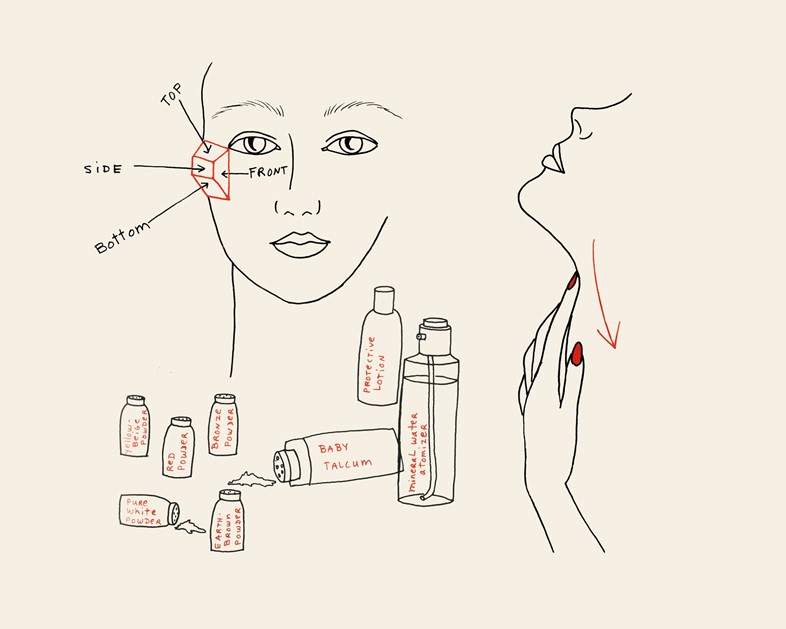
1. Draw inspiration from art history and philosophy
It could perhaps be argued that what René Descartes did for modern philosophy, Way Bandy did for contouring. A pioneer of the method in contemporary beauty application, Way insisted that we “reveal to our mirror only our best angles and most flattering illusions of reality, as seen through blurred vision and whatever other tricks we have at our disposal”. He urged us to forget what we think we know (that is, the assets we wish we possessed) and familiarise ourselves with the true form of our facial structure; from the fat pads of our cheeks to the transparency levels and “drape” of our skin over bone. Bandy’s techniques ultimately seek to create what he refers to as a “Personal Sculpture Portrait” through contouring with “light and dark”. Did somebody say chiaroscuro?
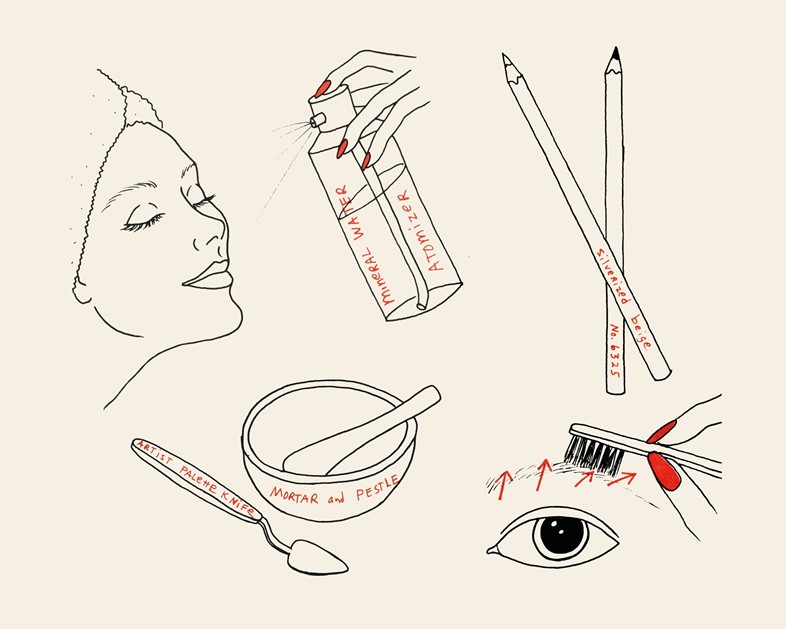
2. Creams, fluids, pencils and powder
According to Bandy, the essential make-up kit is formed by four key elements: creams, fluids, pencils and powder. A make-up look always began by creating a “Complexion Prime Coat” via blending white and beige opaque fluids with red, peach or bronze coloured transparent liquid (a sort of 70s version of Benetint) which would create a subtle glow and the illusion of completely smooth skin. Paste-like creams in colours that wouldn’t look out of place in a Dulux paint chart (for example, "Red and Creamy" and "Dark Toned Greyed Earth Brown Shadow") were employed to create sultry eyes, moist, rosy lips, and to contour orbital bones and across the flare of nostrils. "Silverized Beige" brow pencils ensured your inner Brooke Shields could be unleashed upon the world in the flick of a nib.
It was advisable that all product be applied at least six feet from a window with natural daylight streaming towards your face. Fluorescent lighting should be avoided at all costs, as this would drain your energy through “excess radiation”. A finished look was to be completed with a dusting of talcum powder dispensed from a saltshaker, stroking the brush across the face “as if you were touching a new born baby”.

3. Eat your greens
“Consider your body as a delicate plant that only blooms under proper conditions of climate, nutrition, love”, proclaimed Bandy. A life-long vegetarian, he strongly advised that one should “not eat anything that has eyes to look back at you, except as a matter of survival”. It was also common knowledge that Bandy undertook such unorthodox practices as soaking his vegetables in diluted Clorox, insisting that this raised their energy levels prior to consumption. A disclaimer: please don’t actually try this one at home.
Taking at least nine vitamin pills a day, Bandy followed a strict macrobiotic diet and held a staunch belief in reincarnation. Upon having his former lives read, he was informed of how he once “singlehandedly saved an entire Dutch town”; the reason that he was blessed in this life with the talent to make others look beautiful.
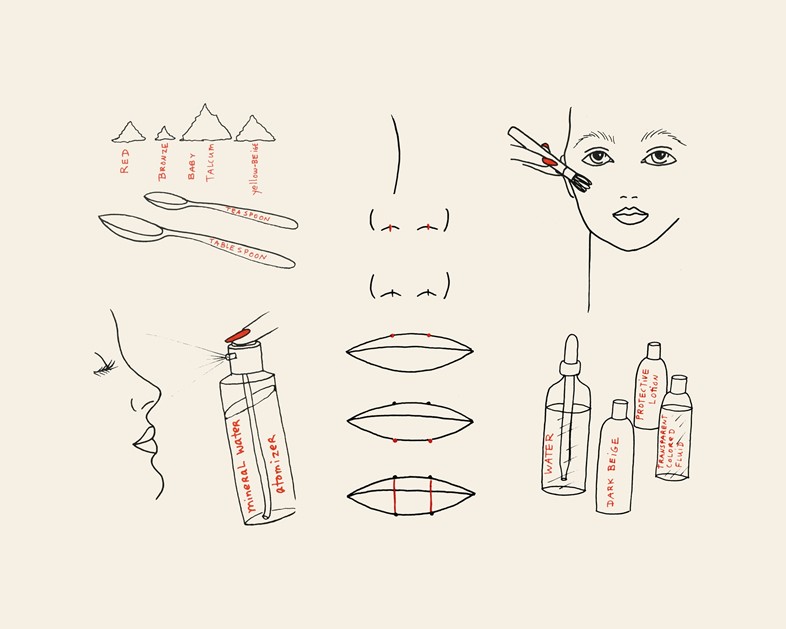
4. Life should be lived
Besides the above tips, tricks and unusual beauty terminology, the opening paragraph of Designing Your Face contains an invaluable piece of advice, worthy of any seasoned life coach: “I was bored for most of my youth because I tried to do not only what was expected of me, but also many other things I did not enjoy. One day I realised that when you do something with your whole being simply because you love to do it, you experience life as it should be lived. It was then I decided to be free and to do something I loved doing – creating beauty.” Say no more.
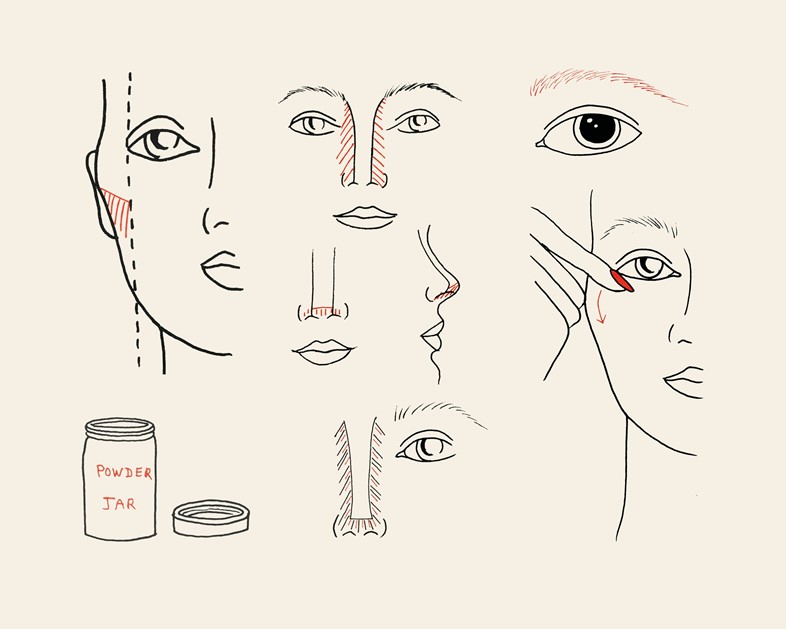
5. Maintain an air of mystery
Not even his closest friends and confidants were permitted to know Bandy’s real name until years down the line. Often appearing on set in drag, and rumoured to charge a $2,000 fee per session towards the end of his career, Bandy paved his status as a mythical creature within the industry. It was only prior to his death in 1986 that Way took on the monumental responsibility of participating in AIDS activism. Insisting that his passing was announced in the press as related to the syndrome, Bandy was one of the first celebrities to tackle the stigma surrounding it. An obituary so often reads "he died as he lived", but in Way’s case, he knew when it was right to make an outspoken political statement and when to remain shrouded in a cloak of mystery.
